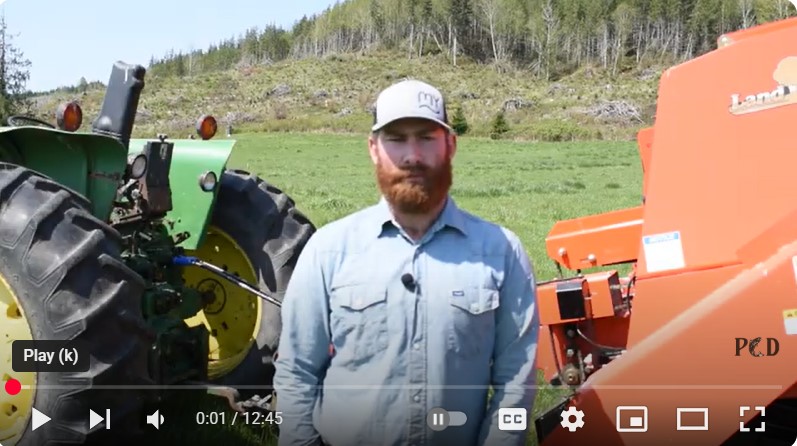Check out this video from the Pacific Conservation Districts highlights the practical advantages of no-till farming through a concise interview with a local producer. No-till farming is a conservation practice where crops are planted directly into the residue of previous crops without tilling the soil. In the interview, the farmer shares how switching to no-till has improved soil health, increased moisture retention, and reduced labor costs.
By leaving the soil undisturbed, the farm has seen fewer weed issues, improved crop performance, and less erosion, especially during heavy rains. This approach also has significant environmental benefits. Because the soil remains intact, runoff is reduced, helping to protect nearby streams and water bodies.
For those curious about sustainable agriculture, the video is a quick and informative look at how one change in farming technique can lead to meaningful, measurable outcomes. It’s a valuable resource for producers considering the transition or community members interested in the ways local farms are protecting shared natural resources.


